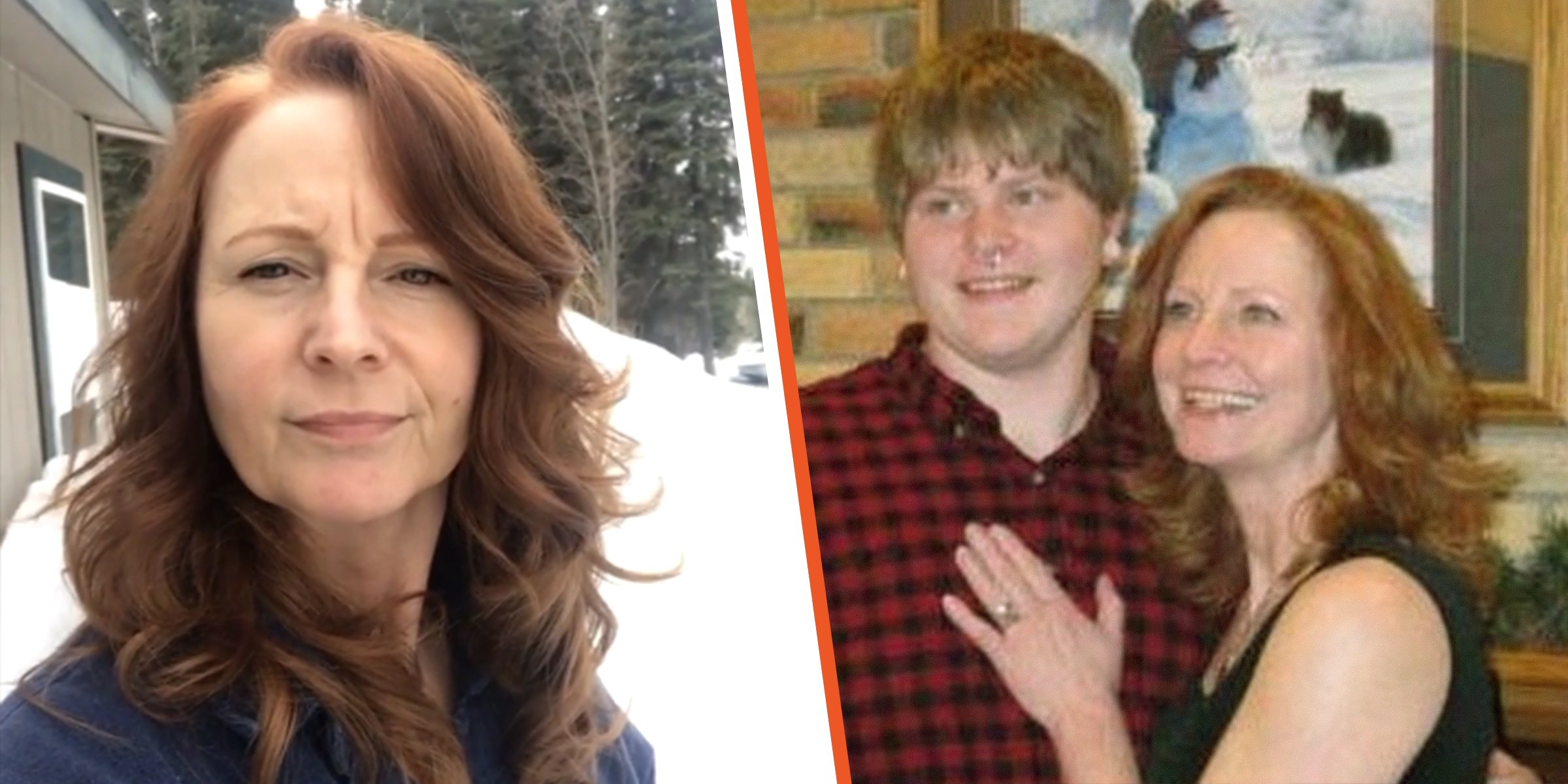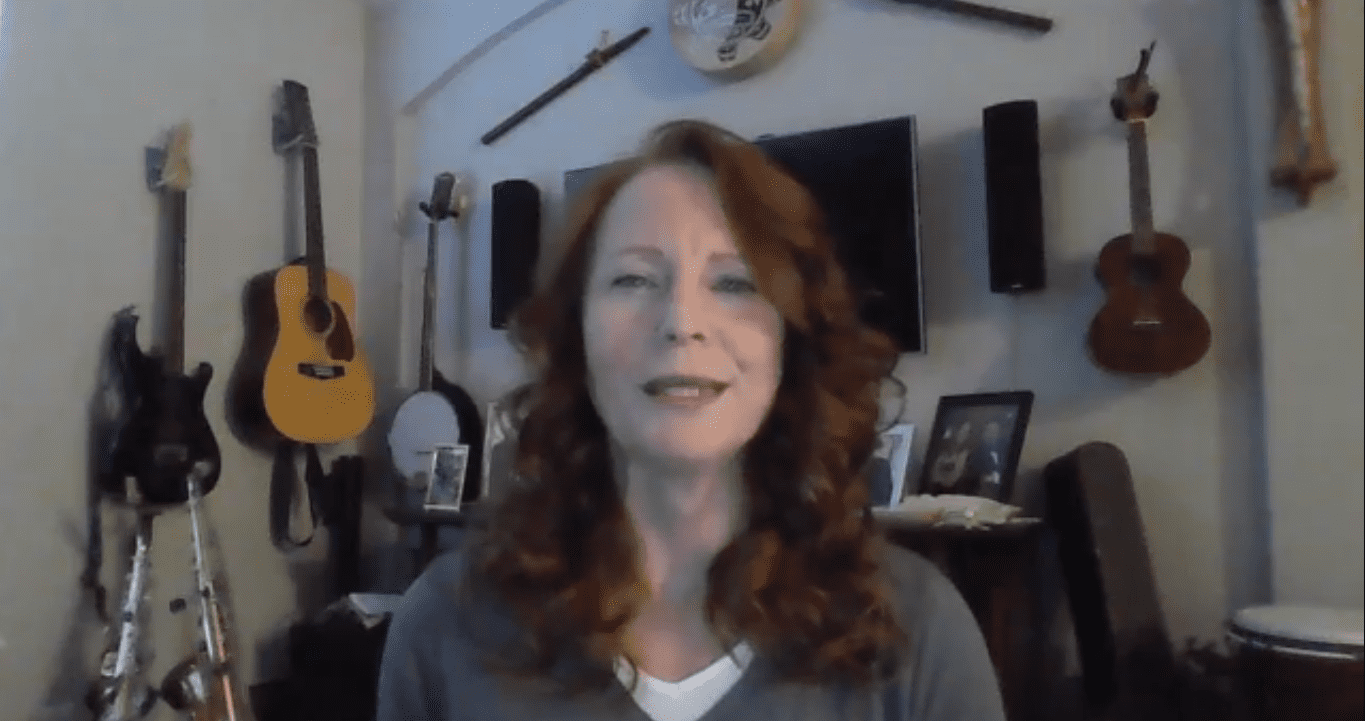
Poor Young Lady Gives Newborn Son up for Adoption, Shows up at His Funeral 23 Years Later
After a 20-year-old girl gave up her parental rights and saw her newborn son go to another family, it became difficult to live without her son. Little did she know she would have to attend her baby's funeral two decades later.
Even if one has given up their parental rights, losing a child is one of the worst experiences as a parent. The sudden demise of their little one comes as a shock because parents usually believe their children will outlive them.
They say time heals all wounds, but the grief of losing your loved one never goes away. It does fade with time but never completely vanishes. Parents who see their children pass away have difficulty battling their feelings, even if they had given up their parental rights at birth. The woman in today's story experienced something similar.
A FIRST-TIME MOTHER
Becoming a mother for the first time is an exciting experience for most women. They wait all their lives to hold a mini version of themselves in their arms and then plan the rest of their lives around their little bundle of joy. However, Candace Cahill was an exception. She wasn't excited to see her newborn baby.
20-year-old Cahill gave birth to her son, Michael, in a hospital room with no balloons or flower bouquets. Her family and friends had left her alone, and she felt the nurses also acted strangely.
As a first-time mother, Cahill couldn't feel the joy of holding her newborn baby in her arms. No one congratulated her on his birth because they knew she would soon give up her parental rights.
AN UNFIT MOM
Before giving birth, Cahill was made to believe that she was unfit to become a mother because she was "poor, uneducated, and single." The adoption advocate made Cahill feel she didn't qualify to become a "good mother."
Cahill felt emotional seeing her baby for the first time in years.
Right from the beginning, Cahill knew she had to give up her beloved son after birth. She underwent counseling to help her give up her baby, but she felt it was demeaning. She didn't feel comfortable when the adoption advocate referred to her as "birth mother." Cahill thought the term compared her to a "baby incubator."
THE RECOVERY PHASE
After having a C-section, Cahill remained in the hospital for a few days while the doctors monitored her health. During that time, she had little Michael to herself. She spent those days cuddling with him and explaining why he needed another family to raise him. She recalled:
"Those moments, though, alone with my newborn son, remain some of the most bittersweet of my life."
During that time, Cahill also tried explaining to herself why giving up her parental rights was the best option. Soon, the doctors said she was fit to go home, which also meant she had to part ways with the little boy who had been a part of her existence for nine months. She had to let her newborn son go, ignoring how she felt about it.

Candace Cahill. | Source: facebook.com/Candace Cahill
NO ACKNOWLEDGEMENT
Cahill went to her mother's house from the hospital, where no one acknowledged the absence of a baby. She felt her family wasn't letting her grieve losing her son, but she didn't blame them. She said:
"I don't blame my family for not acknowledging my child's absence; how could they when I couldn't admit it?"
Cahill could feel Michael's absence, but she didn't know how to deal with it. No one counseled her on dealing with the overwhelming sadness she felt after giving up her newborn son. The 20-year-old only felt better by crying it out. She had no other option because giving up her baby for adoption was her own choice.
FEELING GUILTY
Cahill would only cry in private because other people felt she didn't have to feel sad about giving up her son for adoption. They never acknowledged her pain, and some people also made her feel guilty about her decision by asking how she could give her newborn son to someone else.
To counter her guilt, Cahill devised a strategy. Whenever someone would ask her about Michael, she would say she didn't have any children. Cahill believed the disassociation was better than the stares people gave her after knowing what she had done.
However, she stopped doing this after Michael turned 18 because now she could meet him. Cahill felt emotional seeing her baby for the first time in years. He was a big, grown man, but he was still a baby to her. Had she known this would be her last meeting with her son, she would have made the most out of it.
HER GREATEST LOSS
The reunion gave Cahill another reason to look forward to life. She was delighted because now she didn't have to hide her adoption story. She could talk to her son and see him whenever she wanted.
One day, Cahill's husband came to her and told her something shocking. Her smile faded as she heard his words, and she could feel her heart racing. She recounted the two words her husband said that pierced through her heart:
"Michael died."
BACK TO SQUARE ONE
Once again, Cahill lost her son, but she couldn't reunite with him this time. She also noticed that people felt sorry for her. It was something they didn't do when Cahill lost her son the first time.
At her 23-year-old son's funeral, Cahill was allowed to sit beside Michael's adoptive family. She felt honored sitting there, but she couldn't relate to their feelings. Their way of mourning over his death was different. They talked about the times they had spent with him, while Cahill didn't have those memories with her son.
Some grief experts told her she could cook her son's favorite food and set up the table for him to acknowledge her loss. They had no idea she didn't know what her son's favorite dish was and that he had never sat at her table. Cahill asked:
"How could I honor and grieve for someone I didn't even know?"
Cahill's story teaches us to acknowledge a mother's grief when she gives up her baby for adoption because society tends to ignore her feelings just because the process took place with her consent.
Click here to read another story about a 16-year-old girl who abandoned her newborn son at a nursing home and found out that he took a DNA test 30 years later.
